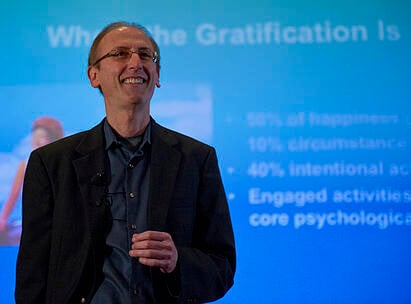A company at the heart of 24/7 has a program to protect its hardest working assets.
By Joe Robinson
Can workaholics change their ways? Management consultants are the high priests of the overwork set, prone to marathon road grinds and hours. So it's no small wonder that a solution to one of the workplace's most intractable issues--unbounded hours--has emerged at one of consulting's legendary bastions, the Boston Consulting Group.
"A hero at BCG is not someone whose light is on at 10 at night," says Kermit King, the firm's head of recruiting for the Americas. "The emphasis should be on productivity per hour, and I think there's a point where productivity diminishes."
That's why the firm--which doesn't bill by the hour and explicitly states that hours don't figure in promotions--launched a program called the Red Zone three years ago to spot and tame chronic overworkers.
When a consultant averages more than 60 hours per week over any five weeks, he or she is flagged on reports seen by partners and managers. If the episode is found to be more than a temporary bump, a Career Development Committee sponsor is charged with finding ways to manage the hours down--by advising the staffer on time budgeting, extending the project timeline, or bringing in new resources.
When Chicago-based consultant Michael Zinser got flagged, for example, "some priorities got taken off the plate" and divvied up among other team members, he says. Ten percent to 25% of staffers are in the Red Zone at any time.
Yet despite the program, King says he doubts overall hours have come down. But maybe it just takes a while to change entrenched culture--and retrain workaholic tendencies.
"You know that someone out there is watching," Zinser says of the Red Zone. And internal surveys do show progress: 67% of employees felt their workload was manageable last year, up from 63% in 2005. Sure, that still leaves a third of the firm feeling out of control. But it's enough to keep BCG committed to the program--and to the idea that workaholism and productivity are not the same thing.
(c) 2007 Joe Robinson, published in Fast Company magazine



